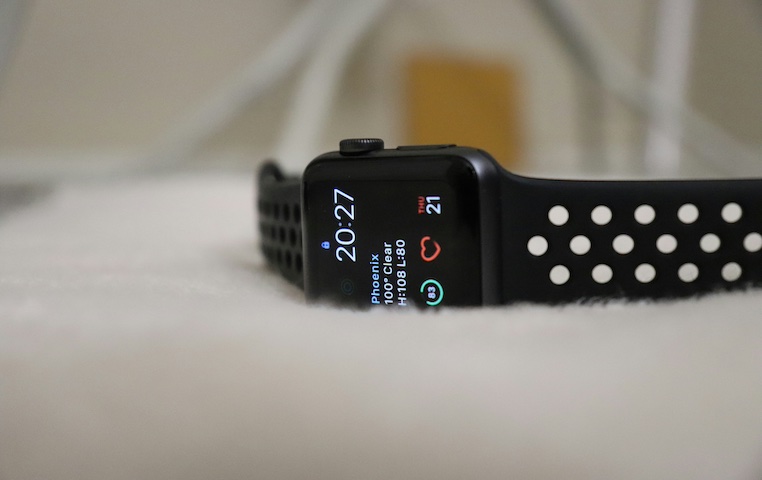Which Wearable Should I Use?
What Exactly Do I Track?
How Can the Apple Watch Help with Heart Disease?
Many of the diseases or conditions associated with Heart Disease count lifestyle choices among the contributing factors. As most are aware and as I’ve covered in more detail in previous posts, a focus on fitness, sleep, minimizing stress, and eating a healthy and balanced diet can help prevent heart disease. Genetics and other factors can certainly contribute and are not to be underestimated, but if you are addressing each of those four key areas, you are well-positioned to stave off heart disease. I like to think of these as inputs, which are things that you can control – for example: how much exercise, how much sleep, how much meditation, how healthy am I eating – that help inform health outputs that can be directly tracked by or integrated into your device: weight, blood pressure, HRV, VO2 Max, etc. Awareness of your inputs helps to optimize your outputs.
However, some of the data is more easily tracked than others; the first-party data that the Apple Watch captures behind the scenes (steps, sleep, heart rate, etc) requires no effort other than wearing the watch. Some of the third-party data requires a bit more effort – logging meals on MyFitnessPal, for example. Where I find a ton of value in the Apple Watch is keeping me engaged and providing visibility into the state of my health.
The data that is probably most directly useful for heart disease is:
Heart rate data – Apple Watch can track your heart rate in real-time and can alert you if your heart rate is abnormally high or low which may necessitate follow-up with your doctor
Irregular Rhythm Notifications – The Apple Watch will look at your heartbeat to check for irregular rhythm that may be AFib.
ECG App – The Apple Watch ECG app can check the electrical pulses that make your heart beat. If they are out of rhythm, you may have AFib.
ECG App – If you have AFib, the Apple Watch can help track how much time your heart shows signs of AFib.

